Planetary Science
-
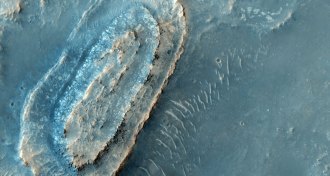 Planetary Science
Planetary ScienceMore hints of Martian hot springs may hold promise for Mars 2020 mission
An analysis of ridges in a crater of Margaritifer Terra on Mars offers evidence of ancient hot springs and also hints at the potential for finding signs of life.
-
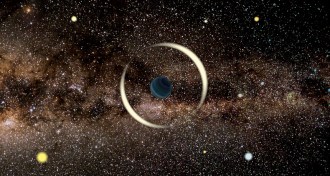 Astronomy
AstronomyFewer big rogue planets roam the galaxy, recount shows
Jupiter-mass planets without parent solar systems are less common than astronomers thought, a new study suggests.
-
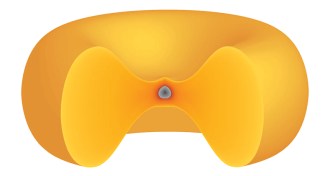 Planetary Science
Planetary ScienceEarth might once have resembled a hot, steamy doughnut
Newly proposed space objects called synestias are large, spinning hunks of mostly vaporized rock. They look like a jelly-filled doughnut.
-
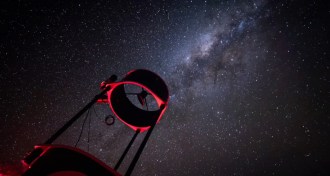 Planetary Science
Planetary ScienceNew Horizons’ next target caught making a star blink
The team behind the spacecraft that visited Pluto has seen its next quarry blocking the light from a distant star.
-
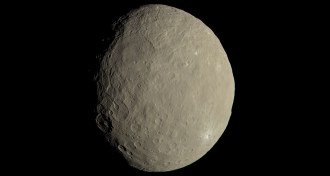 Planetary Science
Planetary ScienceGiant mud balls roamed the early solar system
The first asteroids may have been great balls of mud, which would solve some puzzling features of meteorites.
-
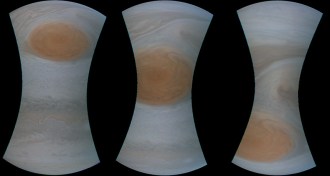 Planetary Science
Planetary ScienceHere are Juno’s first close-ups of Jupiter’s Great Red Spot
The Juno spacecraft swooped just 9,000 kilometers above Jupiter’s Great Red Spot on July 10. Here are the first pictures.
-
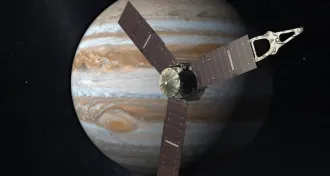 Planetary Science
Planetary ScienceJuno will fly a mere 9,000 km above Jupiter’s Great Red Spot
Juno is about to get up close and personal with Jupiter’s Great Red Spot.
-
 Planetary Science
Planetary ScienceReaders intrigued by Mars’ far-out birth
Readers sent feedback on the Red Planet's formation, jumping genes and more
-
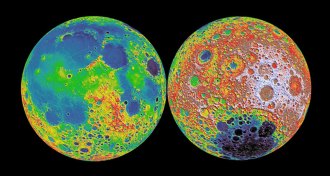 Planetary Science
Planetary ScienceThe moon might have had a heavy metal atmosphere with supersonic winds
Heat from a glowing infant Earth could have vaporized the moon’s metals into an atmosphere as thick as Mars’, a new simulation shows.
-
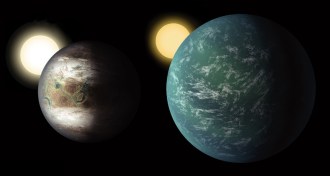 Astronomy
AstronomyKepler shows small exoplanets are either super-Earths or mini-Neptunes
The final catalog from the Kepler space telescope splits Earthlike exoplanets into two groups and pinpoints 10 new rocky planets in the habitable zone.
-
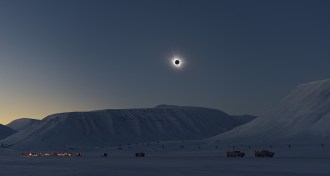 Astronomy
AstronomyEclipse watchers catch part of the sun’s surface fleeing to space
A serendipitous eruption during a solar eclipse showed relatively cool blobs of plasma, wrapped in a million-degree flame, streaming from the sun.
-
 Planetary Science
Planetary ScienceSee the latest stunning views of Jupiter
Once every 53 days, NASA’s Juno spacecraft zooms past Jupiter’s cloud tops. A new sequence of images reveals the encounter from Juno’s viewpoint.